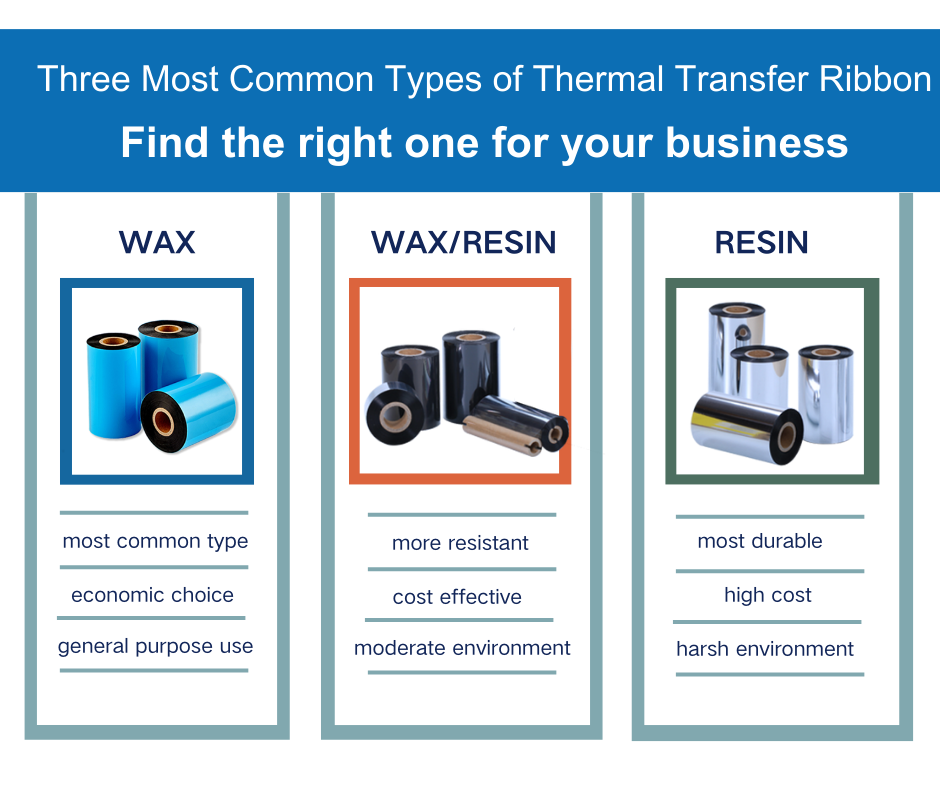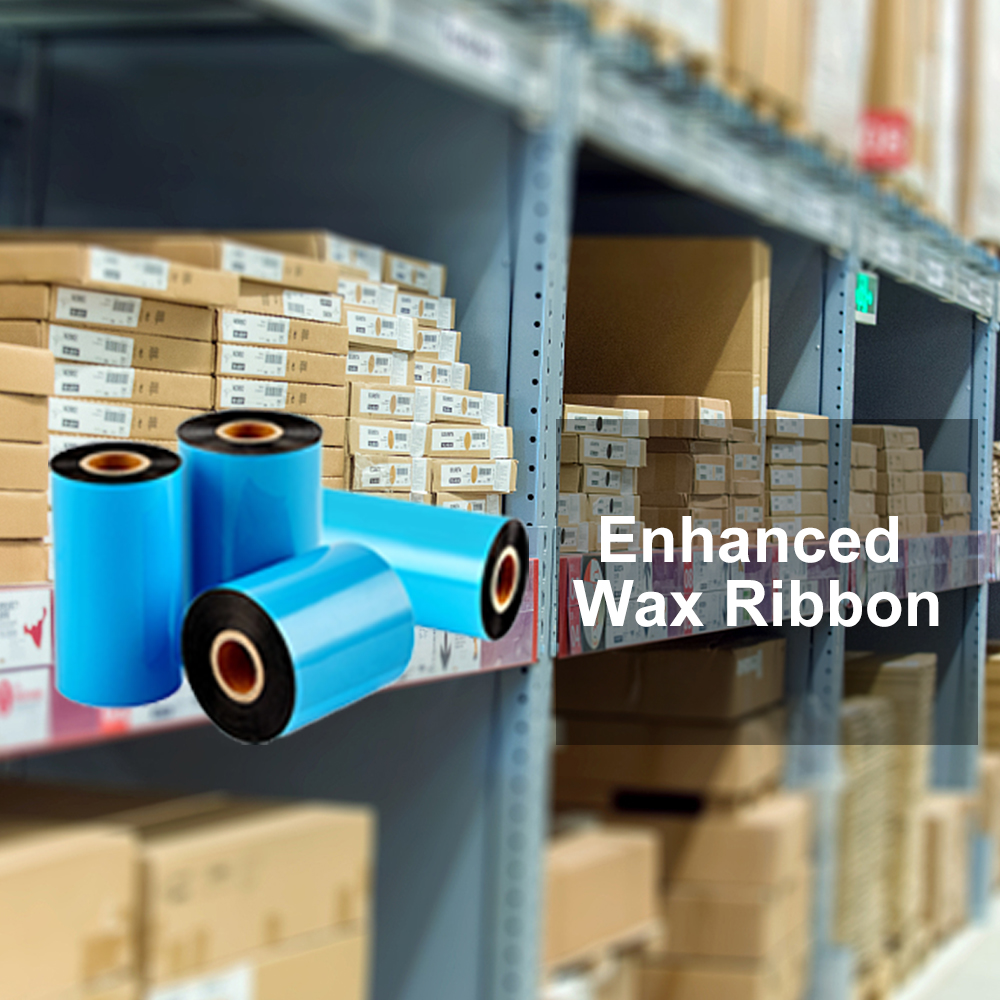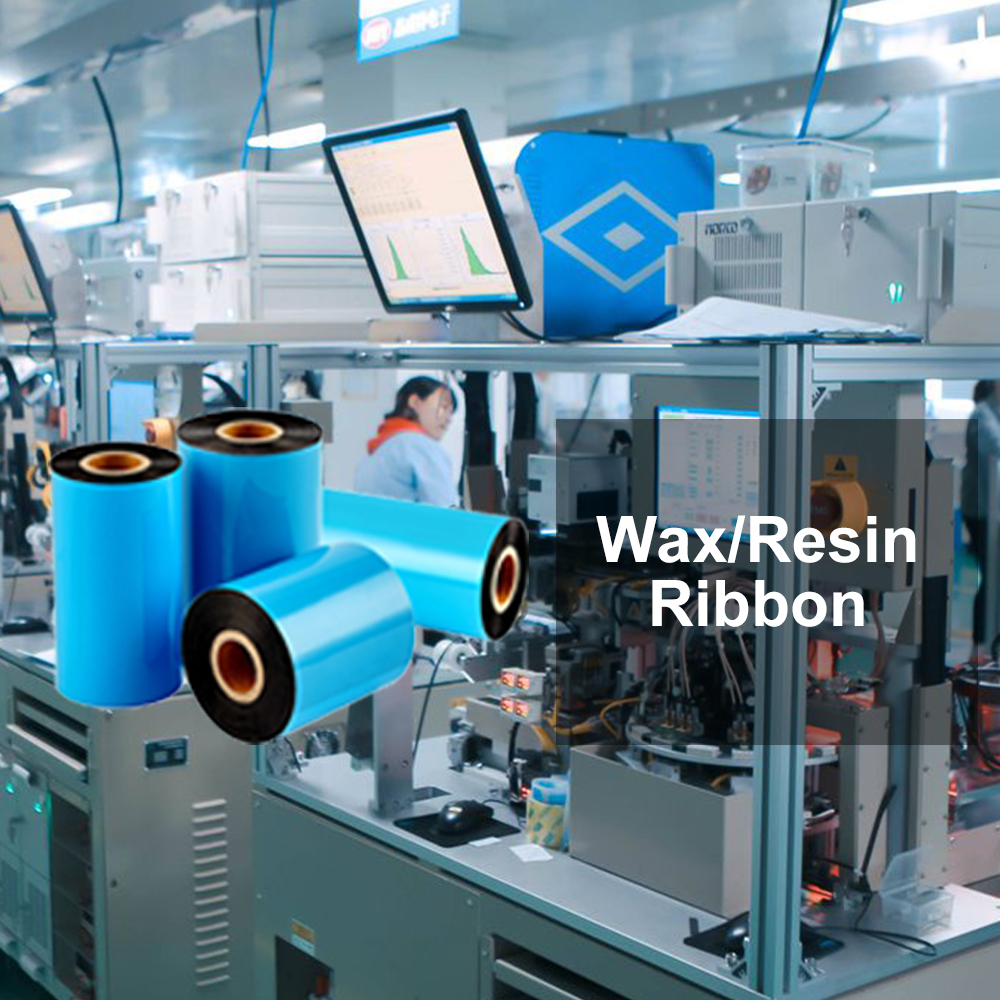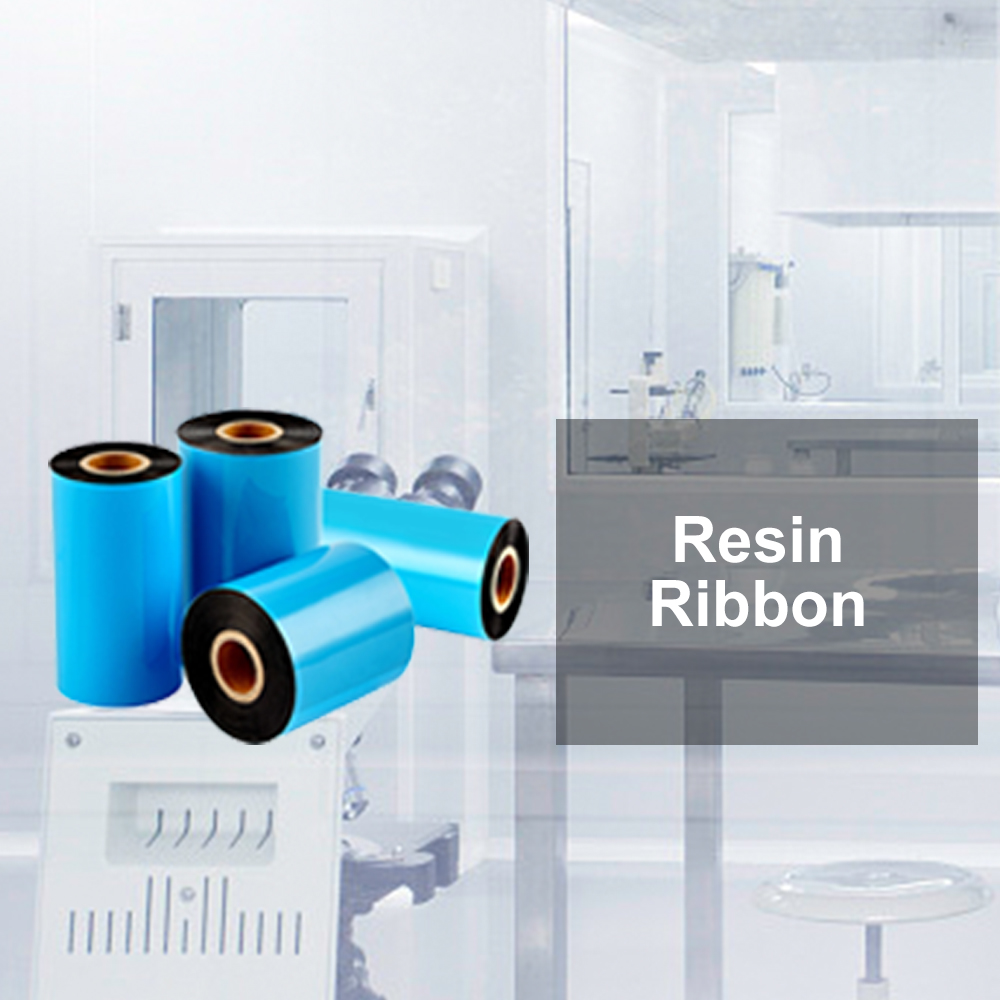The Importance of Ribbon Adhesion: How to Test for the Best Stick in Thermal Transfer Printing?
Introduction
In thermal transfer printing, getting the labels to stick right and remain readable over time comes down to one thing: the effectiveness of the ribbon adhesive. From the sturdier resin ribbons for those labels fighting the elements to more flexible wax/resin ribbons for everyday needs or even the most price-friendly wax ribbons for simple packaging labels, choosing the right type makes all the difference. It's a no-nonsense, easy guide to understanding and testing the stickiness of different ribbons so your labels will look great and last wherever they may end up.
Types of Thermal Transfer Ribbons
In thermal transfer printing, choosing the right type of ribbon is crucial for quality and durability. Here's a simplified look at the three main ribbon types:
● Wax Ribbons: These are cost-effective and ideal for basic labeling on paper, such as shipping labels and price tags. They print with less heat, which is easier on your printer.
● Resin Ribbons: Choose these for labels that need to withstand harsh conditions like high temperatures or chemicals. They're great for industrial use and outdoor labels.
● Wax/Resin Ribbons: A mix of both wax and resin, these ribbons offer more durability than just wax and are more affordable than pure resin. They're good for labels that might face some wear and tear but don't require the extreme toughness of resin ribbons.
Each type has its place, depending on the label's purpose and the environment it'll be exposed to.

The Adhesion Factor in Thermal Transfer Printing
Adhesion is the key factor that determines the longevity and durability of thermal transfer printing. But what exactly makes one ribbon stick better than another?
Ribbons Adhesion
In simple words, adhesion refers to how well the ink from the ribbon holds onto the substrate you're printing on. It really boils down to a matter of a balance between the material that goes into making a ribbon, the type of surface printed on, and the temperature involved in the transfer of the image. One wants to achieve a bonding of sufficient strength to withstand tests such as rubbing, peeling, or fading.
Chemistry of Ribbon Adhesion
The secret to good adhesion lies in the chemical makeup of the ribbon. Wax ribbons have a softer makeup that melts readily onto the paper, providing good initial stick but may not stand up to adverse conditions. Resin ribbons have harder compounds that fuse more deeply into the label material and form a strong bond. Wax/Resin Ribbons offer better protection than wax but greater flexibility than resin.
Impact of Adhesion on Print Longevity
When adhesion is done right, your labels should remain intact and legible, regardless of handling or exposure to different environments. This means less hassle with labels peeling off or becoming unreadable, saving time and resources in reprints or potential errors in tracking or sales.
How to Test for Optimal Ribbon Adhesion?
Ensuring that your thermal transfer ribbon sticks properly is not just about choosing the right type-it's also about testing. Here's how you can ensure your labels hold up to the rigors of their intended use.
Step-by-Step Guide to Adhesion Testing
1. Start with a clean surface on the material you'll be printing on to remove any contaminants that could affect adhesion.
2. Set your thermal transfer printer to the recommended settings for the ribbon type-be it wax, resin, or wax/resin.
3. Print a sample label and apply it to the intended surface, smoothing out any air bubbles.
4. Allow the print to cure if necessary, giving the ribbon adhesive time to set.
5. Perform a scratch test by using a fingernail or a blunt object to see if the print comes off.
6. Try an adhesion tape test by applying clear tape over the printed area, pressing it down, and quickly pulling it off at an angle to check if the ink remains intact.
Tips for Accurate Testing Results
Always test under the conditions in which the labels will be used. If they're meant for cold storage, test the labels in cold temperatures. If they are exposed to chemicals, simulate that exposure during testing. Consistency in testing methods will give you a reliable gauge of adhesion quality.
Best Practices for Ensuring Strong Ribbon Adhesion
Achieving the best stick isn't just about the ribbon quality-it also depends on how you use it. Follow these best practices to maximize the adhesion of your thermal transfer ribbons.
Optimizing Printer Settings
● Ensure your printer's heat settings align with the type of ribbon you're using; wax, resin, and wax/resin ribbons each have their ideal temperature range.
● Adjust the pressure of the printhead: too little pressure leads to weak adhesion, while too much can wear out the ribbon and printhead.
● Calibrate your printer regularly to maintain optimal printing conditions, which contributes to consistent adhesion.
Preparing Your Labels for Printing
● Choose label materials compatible with your ribbon type. For instance, smooth, glossy surfaces may require resin ribbons for better adhesion.
● Store your labels and ribbons in a controlled environment to avoid exposure to humidity or dust that could affect print quality.
Maintaining Your Equipment
● Clean your printer's printhead and rollers regularly to remove any buildup that might interfere with ribbon adhesion.
● Inspect the printhead for signs of damage, as a worn or dirty printhead can cause poor adhesion and print quality issues.
Troubleshooting Common Ribbon Adhesion Problems
Even with the best practices in place, adhesion problems can still occur. Understanding how to troubleshoot these issues is crucial for maintaining the quality and reliability of your thermal transfer printing.
Identifying Issues with Ribbon Adhesion
● If labels are peeling or curling, it may indicate a mismatch between the label material and the ribbon type.
● Fading or smearing shortly after printing suggests that the ribbon may not be adhering well to the label surface.
Solving Adhesion Difficulties
● Review your printer settings, especially the temperature and speed. Adjustments can often correct adhesion problems.
● Test different types of ribbons-wax, resin, or wax/resin-to find the ideal match for your label stock and use case.
● Ensure the surface you're labeling is clean and free from oils or residues that could prevent proper adhesion.
Knowing When to Switch Ribbon Types
● If you encounter any adhesion problems with wax ribbons on non-paper surfaces, consider switching to wax/resin for stronger bonding.
● Switch the ribbons from wax/resin to full resin to improve durability, and then, under challenging high-temperature, chemical, or rough handling environments, the labels can be found.
Learning with these troubleshooting tips, you're able to address adhesion issues quicker and keep your operations running smoothly.. Just remember to continually assess your strategy and make appropriate changes in light of your label results. In this way, adhesion headaches will be a thing you experience rarely rather than often enough to be irritating.
The Final Word on Ribbon Adhesion
Ribbon adhesion is the key to successful thermal transfer printing, essential for creating labels that are not only sharp and clear but also durable and reliable. From selecting a suitable ribbon type to testing and maintaining your equipment, all steps are critical to ensure that your labels can withstand the rigors of the environment in which they will be applied. Keep in mind that even the best materials need correct practices, so stay vigilant in your testing, adjustment, and troubleshooting. You are in the best possible shape for finding and eradicating any adhesion problem to ensure that every label you use lives up to the standard of excellence in your lab.



